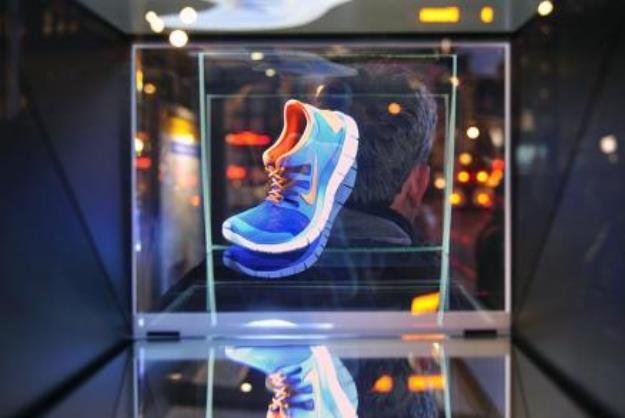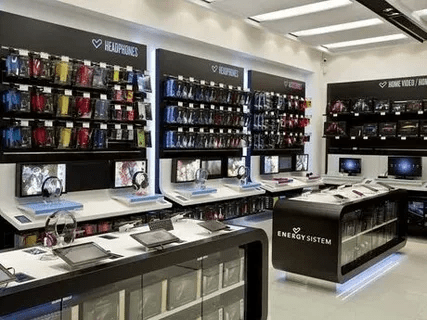UI/UX design is an ever-evolving field that thrives on creativity, innovation, and user-centric thinking. Whether you’re a seasoned designer or a newcomer, finding inspiration for your next project can sometimes be challenging. Engaging in creative projects not only sharpens your design skills but also broadens your perspective, allowing you to approach problems with fresh ideas. This guide explores a variety of creative projects designed to ignite your UI/UX design inspiration.
1. Redesign an Existing App or Website
Why It’s Inspiring: Redesigning a familiar app or website allows you to identify usability issues, improve aesthetics, and enhance functionality. It’s a practical exercise that helps you think critically about design choices.
How to Start:
- Choose an app or website with room for improvement.
- Conduct a UX audit to identify pain points.
- Reimagine the user interface with a focus on usability and modern design trends.
- Create wireframes, prototypes, and high-fidelity mockups.
2. Design a Concept for a Futuristic Product
Why It’s Inspiring: Exploring futuristic ideas pushes the boundaries of conventional design thinking. It encourages you to imagine new technologies and user interactions.
How to Start:
- Pick a futuristic theme, such as smart cities, space travel, or AI-driven personal assistants.
- Research emerging technologies that could influence your design.
- Develop user personas to understand potential needs and challenges.
- Design intuitive interfaces that cater to futuristic contexts.
3. Create a Design System from Scratch
Why It’s Inspiring: Building a design system enhances your understanding of consistency, scalability, and brand identity. It’s a foundational exercise for any UI/UX designer.
How to Start:
- Define core elements like color palettes, typography, and iconography.
- Establish UI components such as buttons, forms, and navigation bars.
- Document guidelines for usage to maintain design consistency.
- Test your design system by applying it to a sample project.
4. Develop a Mobile App for a Niche Market
Why It’s Inspiring: Designing for niche audiences challenges you to create highly specialized user experiences. It fosters empathy and a deeper understanding of specific user needs.
How to Start:
- Identify a niche market with unique requirements (e.g., fitness enthusiasts, language learners, or remote workers).
- Conduct user research to uncover pain points and preferences.
- Design user flows and prototypes tailored to the niche audience.
- Gather feedback and iterate to refine the design.
5. Participate in Design Challenges and Hackathons
Why It’s Inspiring: Design challenges and hackathons provide opportunities to work on diverse projects under time constraints. They encourage quick thinking, collaboration, and innovative solutions.
How to Start:
- Join online platforms like Dribbble, Behance, or UX Design Challenges.
- Participate in weekly or monthly design prompts.
- Collaborate with other designers or developers to gain new perspectives.
- Share your work, receive feedback, and iterate on your designs.
6. Design for Accessibility and Inclusive Experiences
Why It’s Inspiring: Focusing on accessibility broadens your design approach to accommodate diverse user needs. It’s a meaningful way to create inclusive digital experiences.
How to Start:
- Learn about accessibility standards like WCAG.
- Design interfaces with features like screen reader compatibility, high contrast modes, and keyboard navigation.
- Test your designs with assistive technologies.
- Gather feedback from users with disabilities to improve inclusivity.
7. Create an Interactive Storytelling Experience
Why It’s Inspiring: Interactive storytelling blends design with narrative, creating immersive user experiences. It enhances your skills in user flow, animation, and emotional engagement.
How to Start:
- Choose a story or concept you’re passionate about.
- Design interactive elements that guide users through the narrative.
- Experiment with animations, transitions, and microinteractions.
- Test the storytelling flow to ensure it captivates and engages users.
8. Design a Dashboard for Data Visualization
Why It’s Inspiring: Designing dashboards improves your ability to present complex data in an intuitive, visually appealing manner. It’s a valuable skill for creating enterprise applications and analytics tools.
How to Start:
- Choose a dataset or create one based on an interesting topic.
- Identify key metrics and information users need.
- Design data visualizations like charts, graphs, and tables.
- Focus on clarity, simplicity, and interactivity.
9. Reimagine User Onboarding Experiences
Why It’s Inspiring: Onboarding is critical for user retention. Reimagining this process helps you explore creative ways to make first impressions impactful and guide users effectively.
How to Start:
- Analyze onboarding flows from popular apps.
- Identify common pitfalls and areas for improvement.
- Design onboarding experiences that are engaging, informative, and frictionless.
- Test with new users to evaluate effectiveness.
10. Explore Motion Design and Microanimations
Why It’s Inspiring: Motion design adds life to static interfaces, enhancing usability and delight. Learning to create microanimations sharpens your attention to detail and user engagement.
How to Start:
- Study motion design principles like easing, timing, and transitions.
- Use tools like After Effects, Principle, or Figma for animations.
- Apply microanimations to UI elements like buttons, loaders, and transitions.
- Test how animations impact user interactions and satisfaction.
Conclusion
Creative projects are essential for continuous growth and inspiration in UI/UX design. They encourage experimentation, push boundaries, and help you develop a versatile skill set. Whether redesigning an existing product, exploring new technologies, or participating in design challenges, each project offers valuable lessons and fresh perspectives. Embrace the journey of creativity, and let your passion for design inspire meaningful, user-centered experiences.








































































































































































































































































































































































































































































































































































































































































































































































































































































































































































































































